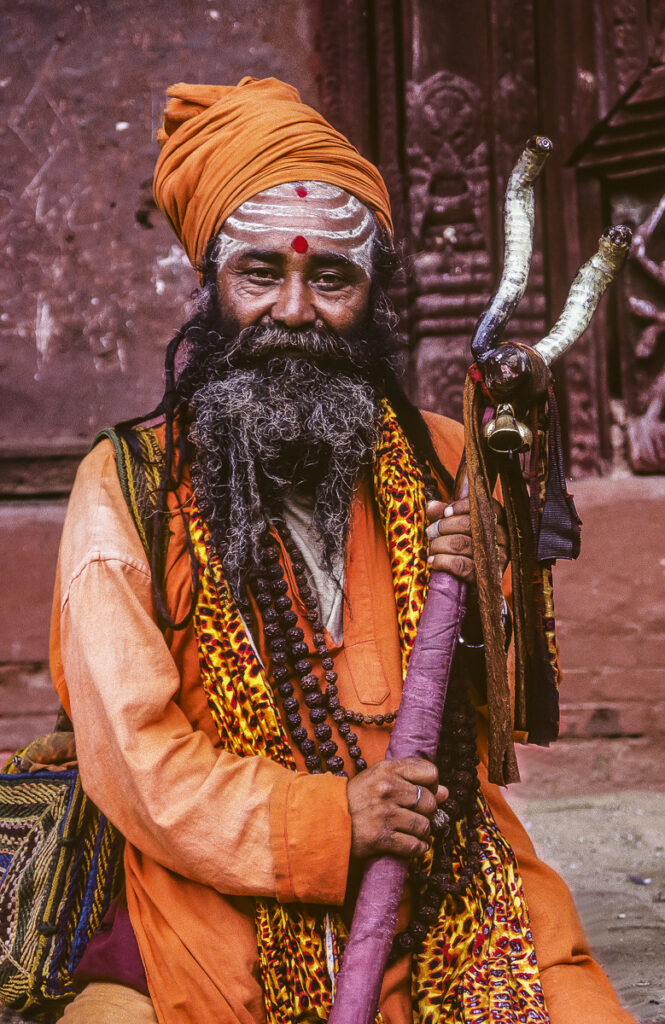Nepal
Nepal is a small country in one of the world’s biggest landscapes. Situated between the two most populous countries on the planet, India and China, it’s often considered the heart of the Himalayan Mountains and home of the world’s tallest peak, Mt. Everest.
Adventurers and trekkers have long known of Nepal’s wonders, and its capital, Kathmandu, evokes the very idea of exotic travel. Of course, Nepal is much more than mountains and incredible scenery. Along with its southern neighbor India, and the island of Bali in Indonesia, Nepal is one of only three places in the world where Hinduism is the dominant religion.
While the dramatic scenery has driven a robust tourism industry in Nepal, it also makes for a tough place to eke out a living. Earthquakes are a fact of life here and the rugged terrain is difficult to farm and build on.
From a photographer’s perspective, it seems that Nepal’s people are usually upstaged by Nepal’s dramatic scenery and the trekking industry it spawned. The magnificence of the Himalayas gets all the attention, which is understandable. But Nepal is more than just mountains. For starters, there are 125 distinct ethnic groups speaking 123 different languages. From art to architecture, everything here reflects a very distinctive Nepali sensibility, one that’s a unique hybrid of the country’s ancient influences: India, Tibet, northern Burma and Yunnan in China.
The space between Hinduism and Buddhism here can seem a bit fuzzy and, while Nepal is a majority Hindu nation (81%, with Buddhism a distant second at 9%), it’s not always easy to sort out their influences within the culture. One could spend a lifetime here exploring the relationship between the two religions and still be a bit confused.
Suffice it to say that Nepal is a complex and endlessly fascinating country, where culture and geology have piled up to beguile, perplex, and reward the willing traveler.
